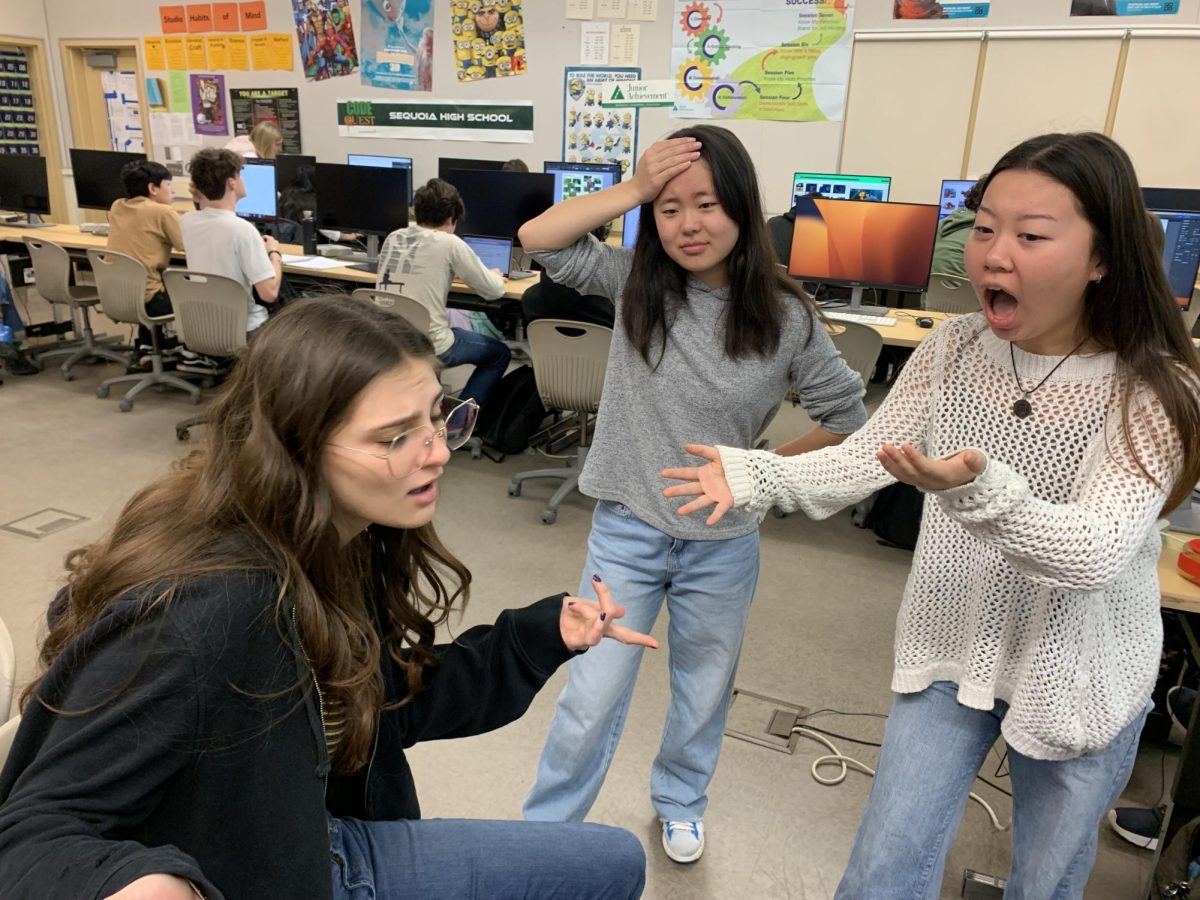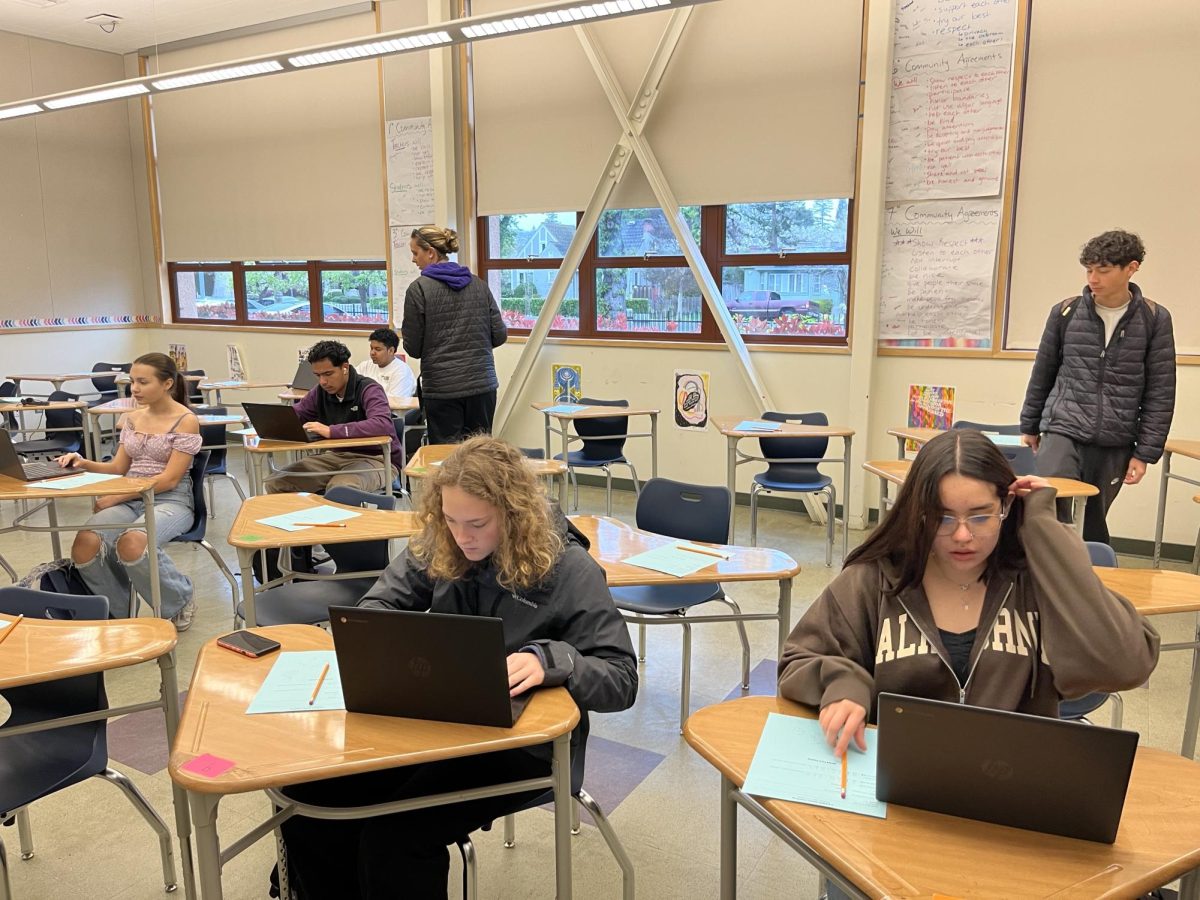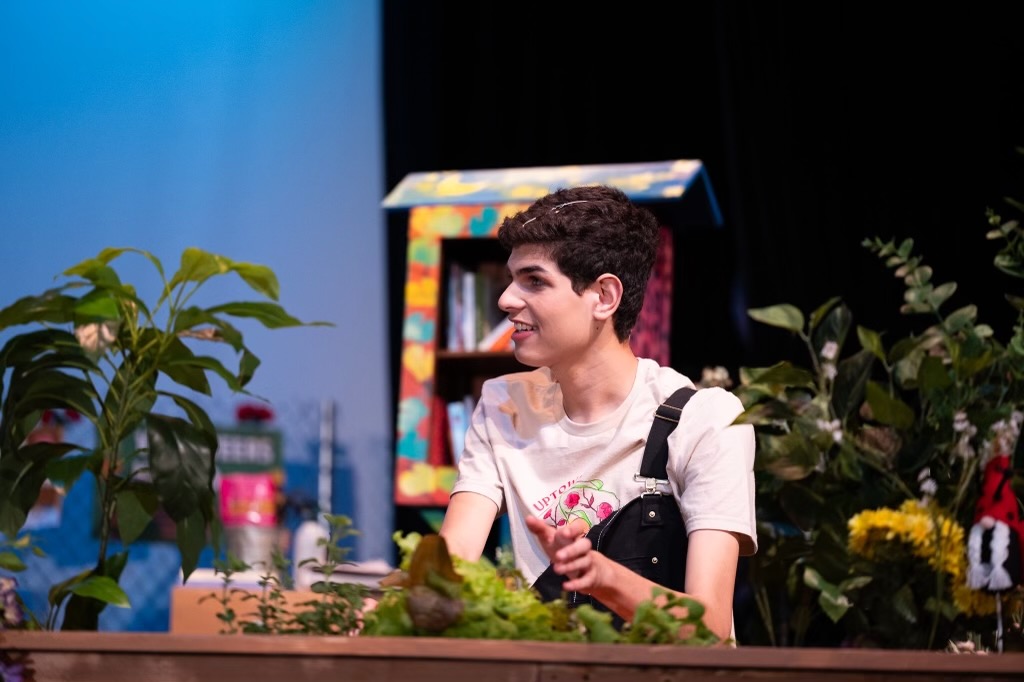New year, new curriculum: two IB classes undergo changes
October 31, 2016
Two International Baccalaureate (IB) classes have undergone makeovers during the summer; IB History of the Americas (HOA) and IB Environmental Systems and Societies (ESS) began the year with changes in their curriculum, hoping to further engage students and expand on topics that were not taught as in-depth in previous years.
IB History of the Americas
HOA the first year of a two-year IB history course offered to juniors. In HOA, students study the history of the Americas; America in the 20th century, the Civil Rights Movement and civilizations in Latin America.
This year, HOA is covering about a 50-year period of history, compared to the over-200-year span that was covered in previous years.
“We can be more focused and students don’t have to worry about switching topics,” HOA teacher Teresa Yeager said. “It’s also fewer topics they need to master.” Previously, the content taught was limited, because there was a larger block of history to cover. Now, topics are covered more in-depth and students have the opportunity to become experts on topics.
With fewer years of history, each unit will be covered over a longer period of time. Previously, the Civil Rights unit was about three to four weeks and now it is six weeks long. This gives students more opportunities for retakes on Essential Knowledge quizzes, pass/fail assessments which students must pass to receive an A in the class.
Since the class is part of a two-year course, the required IB test isn’t taken until the end of senior year, and the topics from junior year are very different compared to what is taught senior year. This year, the content taught in HOA will overlap with what is taught senior year.
“Students [will] study the same event from different perspectives,” Yeager said.
With these changes, the class takes on the mindset that “less is more.”
IB Environmental Systems and Societies
IB ESS is a one-year IB science course that focuses on environmental science, from both a social and science perspective.
The prominent change to the ESS course was that only one Internal Assessment (IA) is sent to the IB Organization, compared to previous years where 3 to 4 IAs were sent in. IAs are IB assessments. They are mainly done in class and are graded by the teacher and sent into the IB Organization.
Each student is able to pick the topic of their IA, and they can choose whether to focus more on the science aspect or social aspect.
“[It’s] way more open for students to choose what they want to study,” ESS teacher Jessica Magallanes said. “Students are more engaged and it takes pressure off of them.”
While the new format is beneficial for students—less stressful and more exciting—Magallanes says the change has been stressful for her and Debolina Dutta, the other ESS teacher.
“I’m still managing how to grade 56 [different] IAs.” Magallanes said.
Because of the changes, the overall structure of the class has been modified. Instead of going straight into an IA, the beginning of the year is more content-oriented; students can ease into the year.
Magallanes hopes that with the flexibility of the new curriculum, students are more excited about the class and course content.





